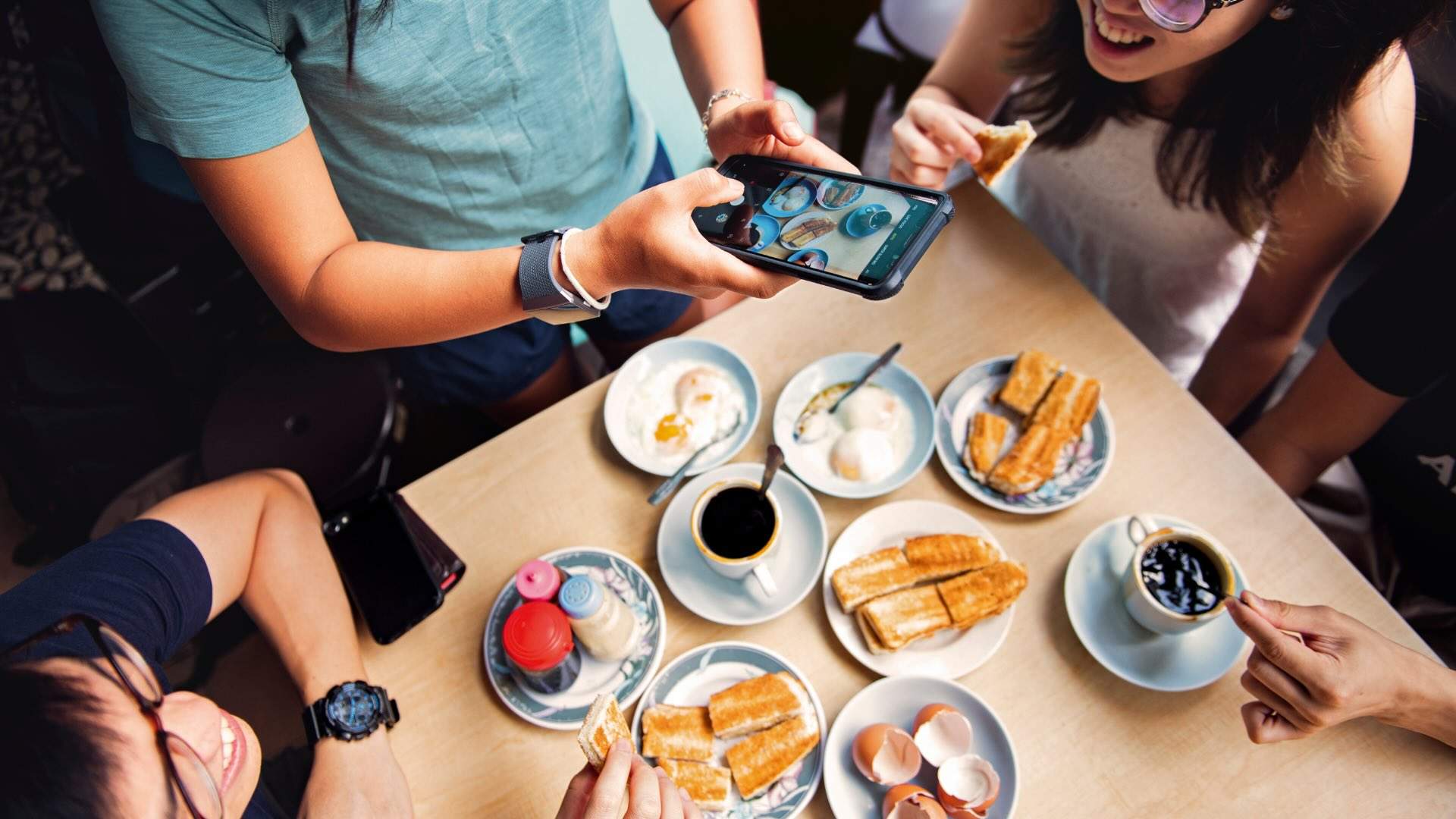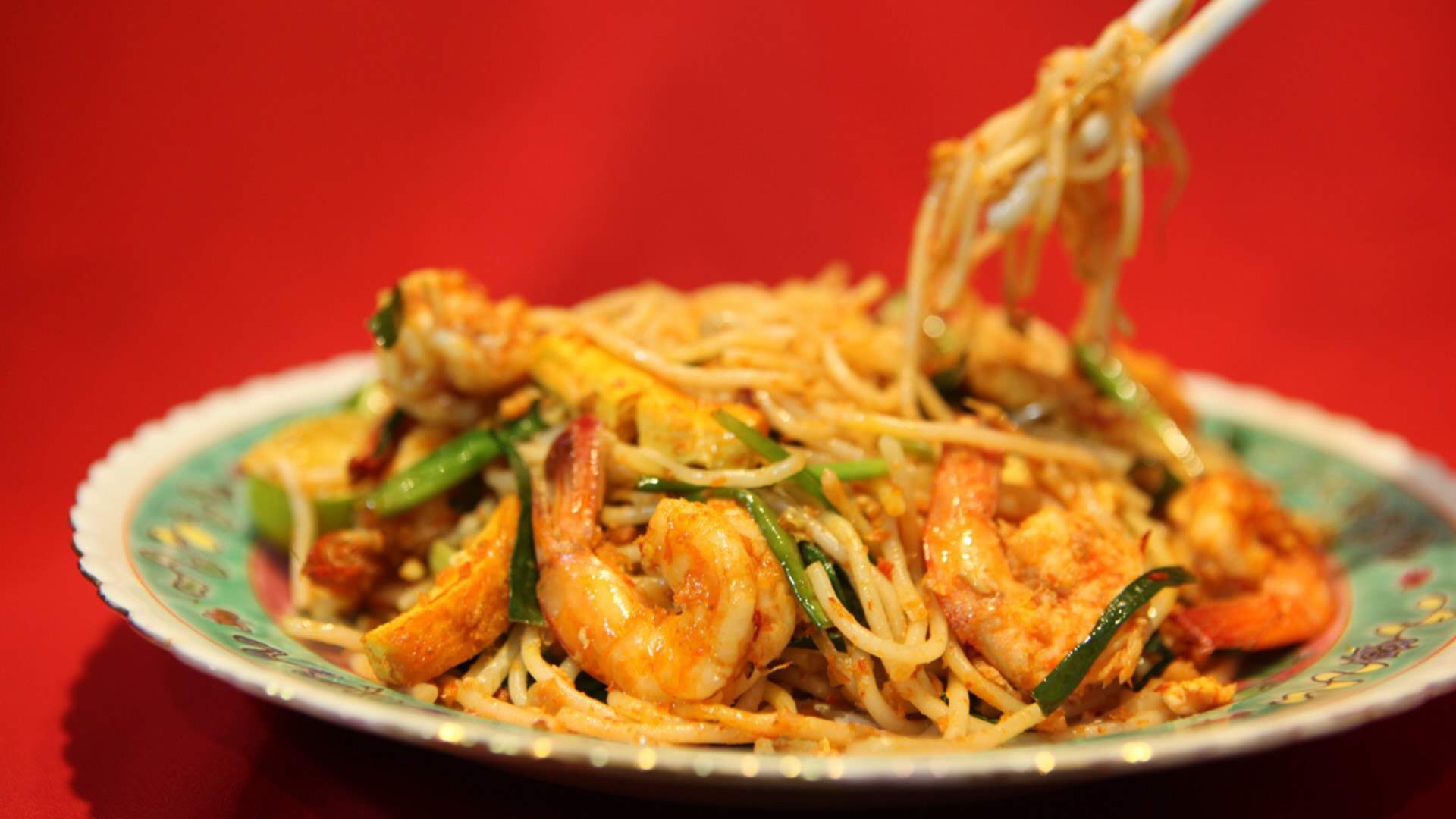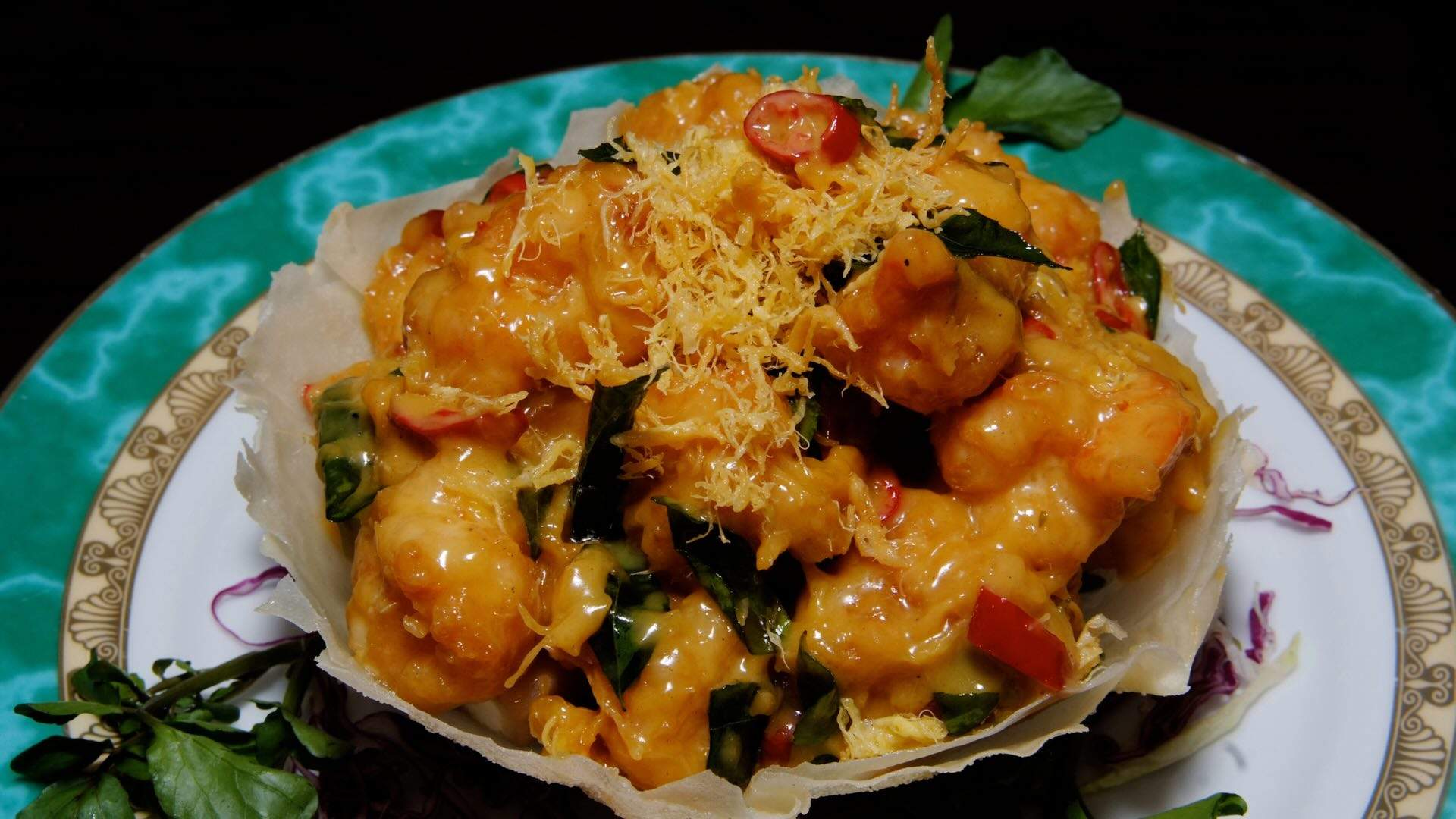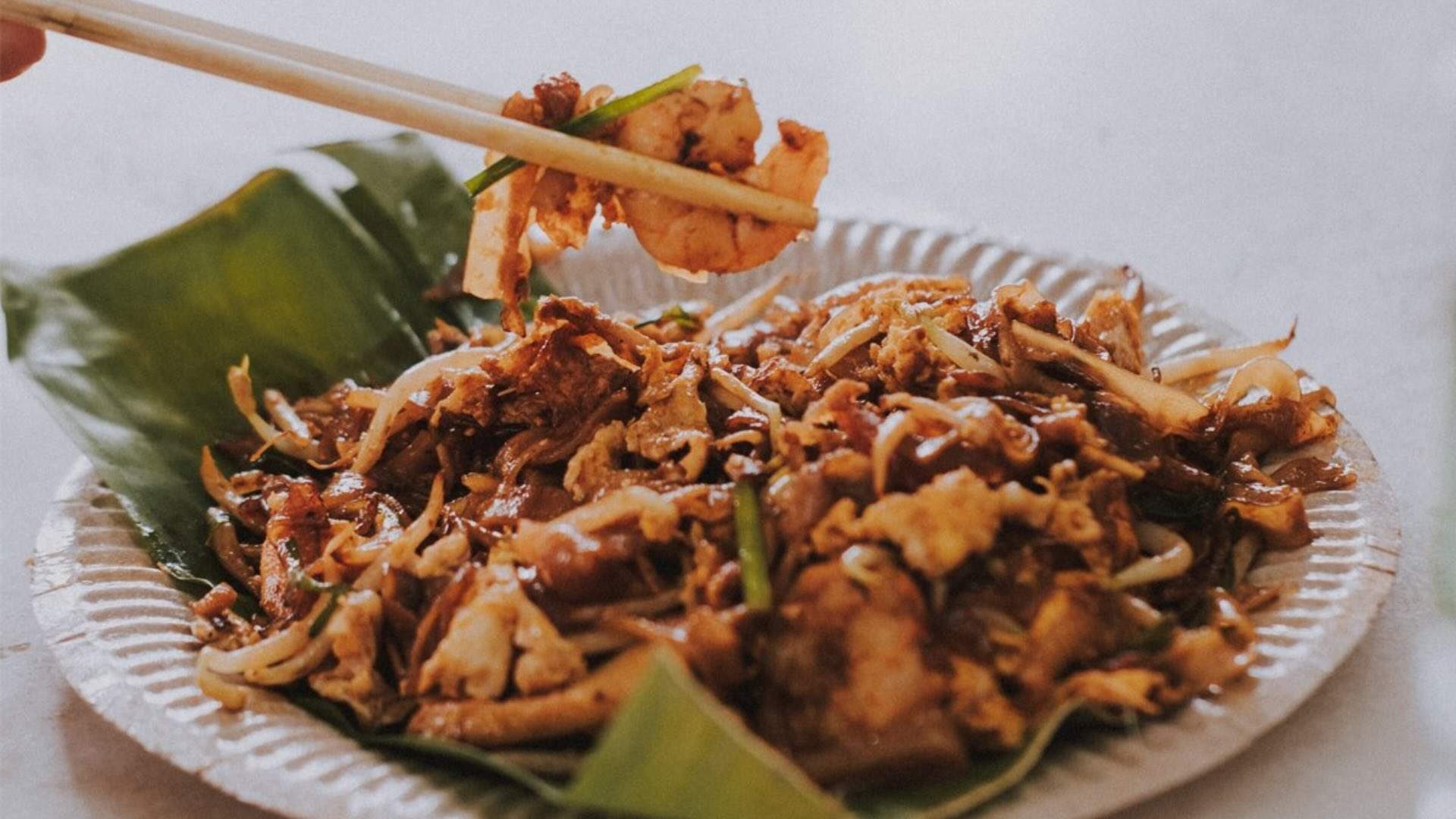The Ultimate Singapore Food Guide (For More Than Chilli Crab and Chicken Rice)
You’ll be ordering like a local in no time.
In partnership with
Singapore's food scene reflects the diversity, passion and innovation that runs through the city. From fine-dining restaurants that push culinary boundaries to hawker stalls recognised by Michelin, there's a good meal to be had in every corner of Singapore.
If you're feeling intimidated by the sheer volume of choice, let our guide take some of the pressure off. We've teamed up with Singapore Tourism to shed light on some classic Singaporean fare, as well as where to find them.

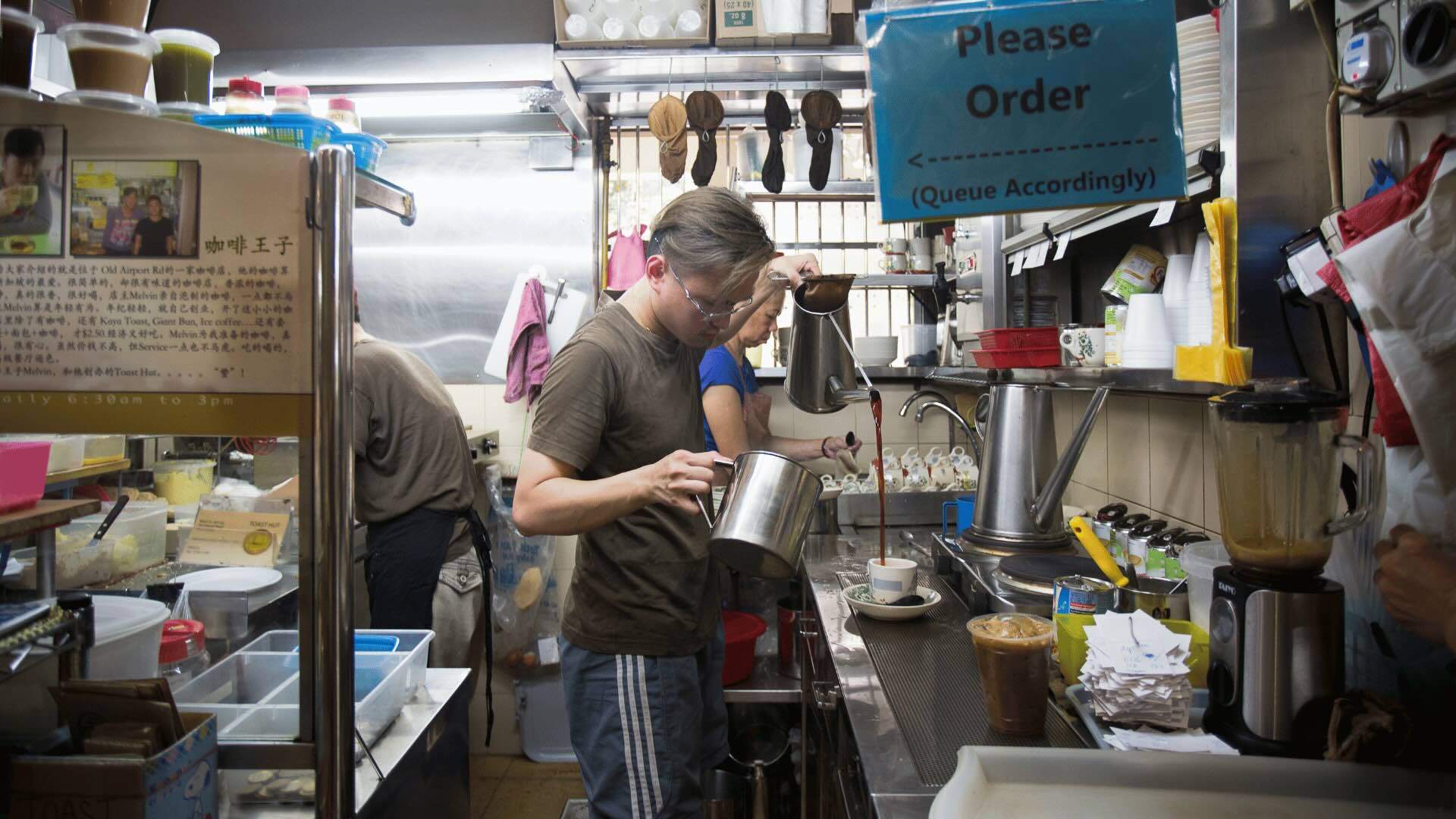
John Heng
Kopi
Start the day off with a cup of fresh coffee, or 'kopi' as it's locally known. Drawn from traditional Malay coffee, kopi is complex, full-bodied and packs a strong kick. Robusta beans are roasted in margarine and sugar, before being strained through a cloth sack or sock.
A traditional kopi is served with a splash of condensed milk, with options to switch things up from there. For a milkier brew, try a Kopi C (black coffee with sugar and evaporated milk), Kopi Gah Dai (with more condensed milk), or the foamy Kopi Tarik (cooled down by pouring the drink between two cups). There are also kopis with less sugar or dairy, or the completely black Kopi O Kosong.
You'll find kopi all around Singapore, but we'd recommend going to an old-school kopitiam (coffee house) like Tong Ah Eating House or Heap Seng Leong — which is especially known for its rich Kopi Gu You (served with condensed milk and a square of butter) — where you can pair your caffeine hit with kaya toast and eggs.
Zi Char
Comfort food at its simplest. 'Zi char' refers to a type of home-style cooking dished out by casual eateries and food stalls around Singapore. Local staples include wok-fried fare such as hor fun and char kway teow (stir-fried rice noodles), pork ribs cooked with coffee or marmite, and seafood or meat coated with salted duck egg.
For some authentic zi char outside of hawker centres, head to Keng Eng Kee Seafood for signature plates such as the seafood hor fun with Chinese sausages and egg, butter cereal prawns, salted egg squid and marmite chicken. New Ubin Seafood is a more contemporary zi char restaurant, but still serves classics like bee hoon (vermicelli noodles), fish head curry and crispy fish skin in salted egg.
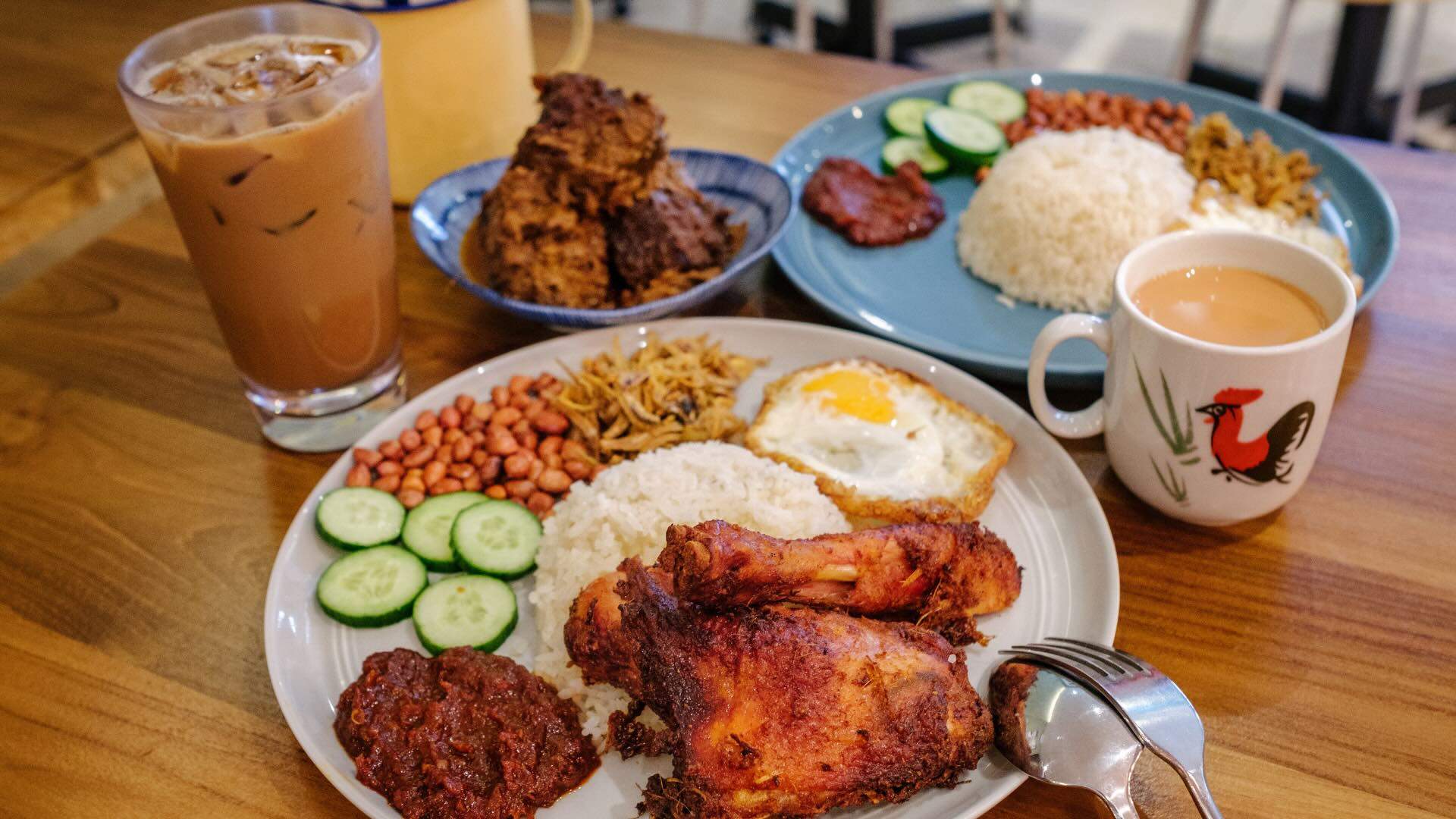
Nasi Lemak
Traditionally a Malaysian breakfast dish, nasi lemak combines the subtle sweetness of coconut with the spice of sambal and bite of dried anchovies. A typical serving consists of rice cooked in coconut milk and pandan leaves served alongside a variety of accompaniments, including cucumbers, a hard-boiled egg, crispy dried anchovies, roasted peanuts and sambal (chilli paste).
The Coconut Club is — aptly — a local favourite for nasi lemak. The restaurant's signature dish comes with the option to add fried chicken, beef rendang curry, a fried egg or grilled fish cake. Dickson Nasi Lemak also specialises in the national dish, serving only nasi lemak from morning to the afternoon. Add-ons include fried chicken leg or thigh and chicken or beef rendang, paired with hot or iced kopi or teh (tea).
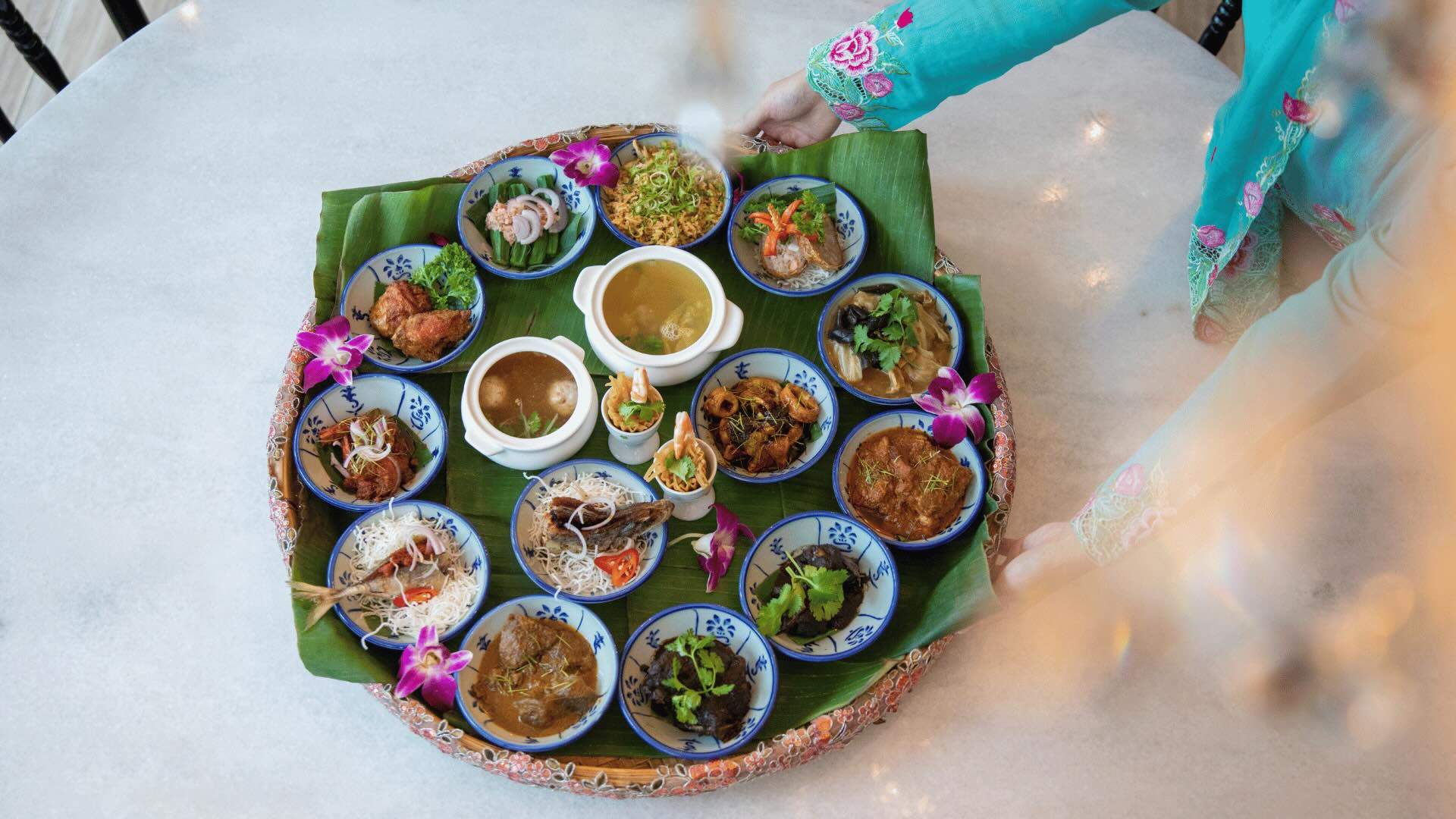
Peranakan Cuisine
Hailed as one of the earliest fusion cuisines, Peranakan (or Nyonya) food is a mixture of Chinese, Malay and Indian cooking techniques with colonial influences. Its roots trace back as far as the 15th century, when Chinese migrants began settling in Malaysia, Singapore and Indonesia.
Well-known Peranakan dishes include ayam buah keluak (chicken with buah keluak nuts and a tamarind and spice-heavy gravy), laksa, fish maw soup, palm sugar cake made with bouncy tapioca flour, and kueh salat (pandan and coconut custard atop sticky rice).
If you're keen to try the cuisine, look no further than Candlenut. Helmed by chef Malcolm Lee, Candlenut is the first Peranakan restaurant to be awarded with a Michelin star. The Ah-Ma-Kase option means you won't have to struggle with making any decisions — just sit back and let the kitchen bring you heaping plates of its beloved classics. Another Nyonya gem serving Peranakan and Singaporean cooking is National Kitchen by Violet Oon, housed inside the historic National Gallery Singapore.
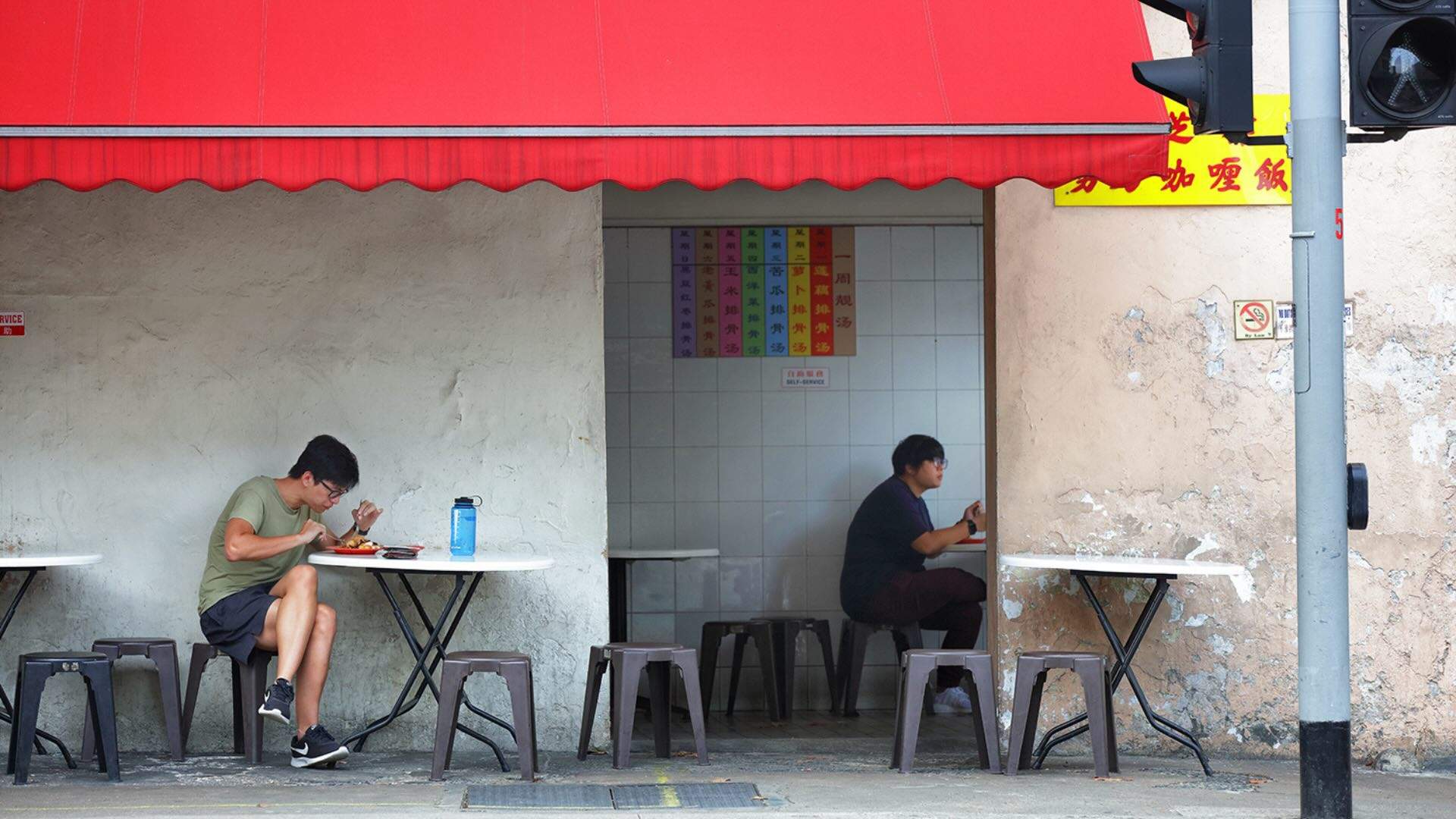
Hainanese Curry Rice
Another amalgamation of cultures, Hainanese curry marries Indian spices with Peranakan stewed cabbage, European pork chop and Chinese soy sauce for maximum flavour in every bite. Other combinations include braised pork belly or chicken, with sides of egg, bean sprouts, tofu or seafood.
Beach Road Scissors Cut Curry Rice and Loo's Hainanese Curry Rice have been slinging out loaded plates of Hainanese curry for decades. Open until 3.30am for those late-night cravings, Scissors Cut is known for the way each plate is prepared — once you've chosen what you want with your curry, the chef uses a pair of scissors to chop the ingredients up with incredible speed and dexterity, before topping it all off with the curry sauce. On the other hand, Loo's serves its curry with each component on separate plates, so you can choose to mix and match as you wish. You can't go wrong either way.

Book your Singapore holiday now with Flight Centre.
All images courtesy of Singapore Tourism Board.
